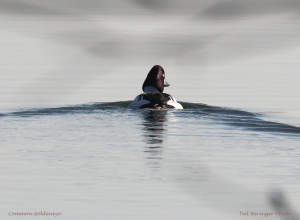NRCS to provide $332 million to protect and restore agricultural working lands, grasslands and wetlands
The U.S. Department of Agriculture’s (USDA) Natural Resources Conservation Service (NRCS) is making available $332 million in financial and technical assistance through the Agricultural Conservation Easement Program (ACEP). ACEP applications may be submitted at any time to NRCS; however, applications for the current funding cycle must be submitted on or before May 15, 2015.
ACEP easements help ensure productive farm and ranch lands remain in agriculture and protect the critical wetlands and grasslands, home to diverse wildlife and plant species. The 2014 Farm Bill consolidated three previous conservation easement programs into ACEP to make it easier for diverse agricultural landowners to fully benefit from conservation initiatives. In 2014, NRCS used $328 million in ACEP funding to enroll an estimated 145,000 acres of farmland, grassland, and wetlands through 485 new easements.
In Kansas, there are an estimated 4,800 acres of grasslands and wetlands enrolled through the new easements, according to NRCS State Conservationist, Eric B. Banks.
ACEP’s agricultural land easements not only protect the long-term viability of the nation’s food supply by preventing conversion of productive working lands to non-agricultural uses, but they also support environmental quality, historic preservation, wildlife habitat, and protection of open space. American Indian tribes, state and local governments, and non-governmental organizations that have farmland or grassland protection programs are eligible to partner with NRCS to purchase conservation easements nationwide.
A key change under the new agricultural land easement component is the new “grasslands of special environmental significance” that will protect high-quality grasslands that are under threat of conversion to cropping, urban development, and other non-grazing uses.
Wetland reserve easements allow landowners to successfully enhance and protect habitat for wildlife on their lands, reduce impacts from flooding, recharge groundwater, and provide outdoor recreational and educational opportunities. NRCS provides technical and financial assistance directly to private and tribal landowners to restore, protect, and enhance wetlands through the purchase of these easements. Eligible landowners can choose to enroll in a permanent or 30-year easement; tribal landowners also have the option of enrolling in 30-year contracts.
To learn about ACEP and other technical and financial assistance available through NRCS conservation programs, visit www.nrcs.usda.gov/GetStarted or your local USDA Service Center. USDA is an equal opportunity provider and employer.


